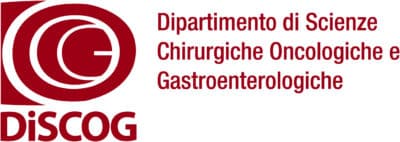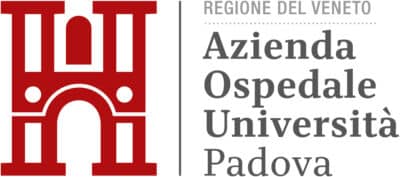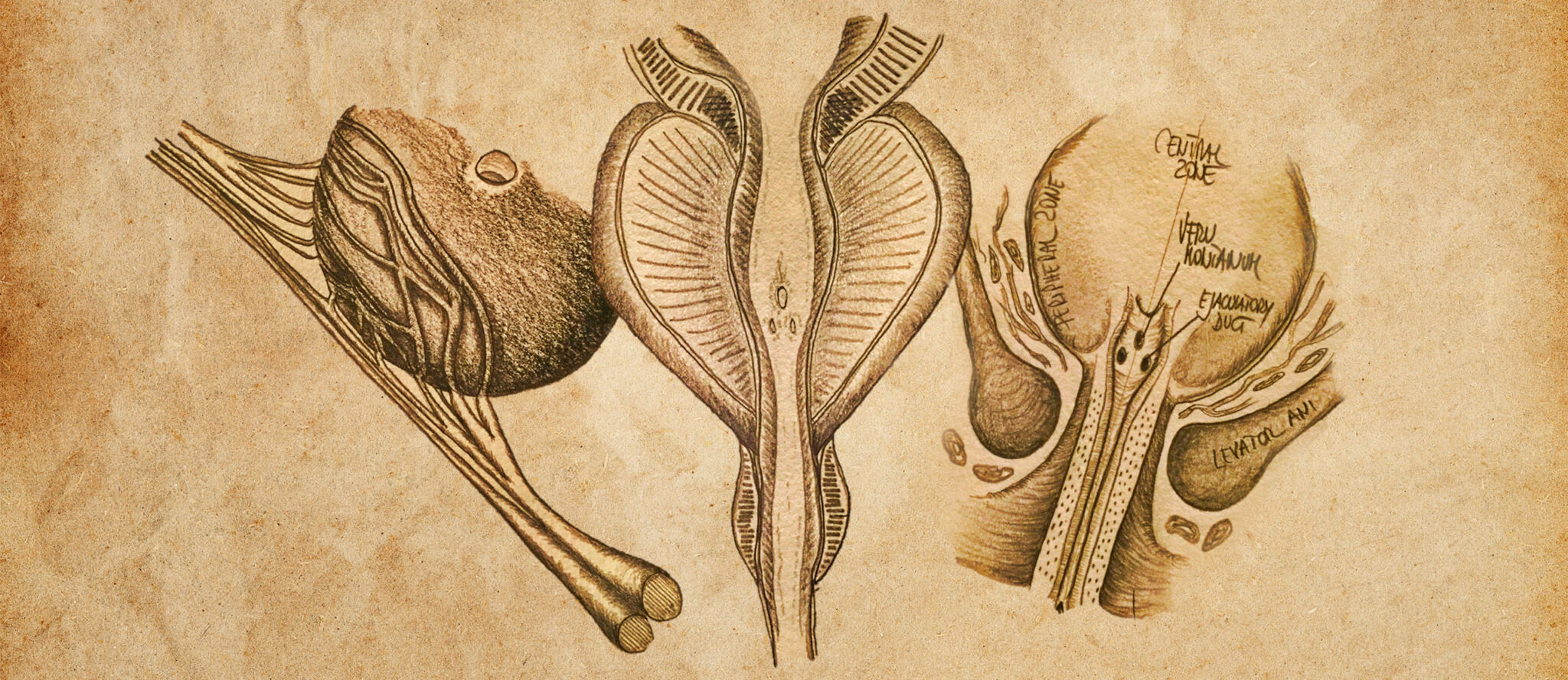

The Master in Prostatic Hypertrophy Treatments provides in-depth and detailed knowledge on the different treatment options available for prostatic hypertrophy, including pharmacological treatment, mini-invasive treatments, surgical techniques and innovative procedures. It also helps to develop the ability to evaluate and manage patients suffering from this condition, by exploring scientific research on field. Purpose of this Master is to train professionals expert in providing advanced and up-to-date care to patients suffering from benign prostatic hypertrophy.
The Master in Prostatic Hypertrophy Treatments prepares students to:
- Proving a solid understanding of the fundamental principles concerning diagnostic assessment and benign prostatic hypertrophy.
- Articulating the theoretical foundations of the different approaches to benign prostatic hypertrophy.
- Applying the knowledge acquired on diagnostic assessment to evaluate specific cases of benign prostatic hypertrophy.
- Using the treatment options effectively in simulated or actual clinical contexts.
- Performing critical evaluations of treatment options, based on scientific proof and individual patient’s needs.
- Developing personalized management plans, taking specific clinical factors into account.
- Communicating clearly and effectively with colleagues, patients, and OR personnel.
- Presenting diagnostic information and treatment options in a clear way.
- Proving to be able to update and expand the knowledge on benign prostatic hypertrophy and on new clinical practices.
- Being aware of emerging trends and field research on how to manage benign prostatic hypertrophy and adapting accordingly.
The Master in Prostatic Hypertrophy Treatments is addressed to all medical specialists who wish to acquire all the main knowledge and skills in the diagnostic assessment and the use of all benign prostatic hypertrophy treatments, also through the use of specific simulators.
The Master in Prostatic Hypertrophy Treatments provides specific knowledge on the following modules:
Module 1 – MEDICAL THERAPY IN THE TREATMENT OF BENIGN PROSTATIC HYPERTROPHY
- Medical treatment options
- Medical evaluation before selecting the treatment
- Clinical discussion
- Conclusions and importance of the patient-doctor collaboration
- Additional resources
Module 2 – BENIGN PROSTATIC HYPERTROPHY DIAGNOSTIC
- Standard diagnostic methods
- Symptoms and parameters evaluation
- Role of instrumental exams in the diagnosis
- Importance of the patient’s history
- Imaging exams result interpretation
- Early benign prostatic hypertrophy diagnosis
Module 3 – SEXUALITY IN PATIENTS WITH BENIGN PROSTATIC HYPERTROPHY
- Impact of benign prostatic hypertrophy on the sexual function
- Insight into correlated sexual symptoms
- Strategies to manage related sexual issues
- Medical treatments to manage sexuality
- Practical tips to improve the quality of sexual life
Module 4 – PROSTATE SURGICAL ANATOMY
- Study of prostate anatomy
- Anatomical structures involved in the different types of surgeries
- Relation between anatomy and surgical choices
- Insight on prostatic vascularization and innervation
- Anatomical implications in post-surgery complications
- Discussion on innovations in anatomical understanding
Module 5 – METABOLIC SYNDROME IN BENIGN PROSTATIC HYPERTROPHY
- Connections between metabolic syndrome and benign prostatic hypertrophy
- Implications on the progression of benign prostatic hypertrophy
- Insight on common risk factors between metabolic syndrome and benign prostatic hypertrophy
- Role of a healthy diet and lifestyle
- Impact of metabolic syndrome treatments on prostatic health
- Integrated management approaches
Module 6 – BENIGN PROSTATIC HYPERTROPHY PATHOLOGICAL ANATOMY
- Introduction to Pathological Anatomy
- Pathological alterations in benign prostatic hypertrophy
- Differential diagnosis
- Role of biopsy
- New discoveries in Pathological Anatomy
- Practical insights
Module 7 – ENUCLEATION TECHNIQUES WITH HOLMIUM IN IPB (HOLEP)
- Introduction to the technique
- Steps of the surgical procedure
- Short and long-term results
- Considerations in the selection of patients for the technique
- Comparison with other surgical treatment methods
- Insight on the skills necessary to perform the technique
Module 8 – USE OF THE LASER IN THE TREATMENT OF BENIGN PROSTATIC HYPERTROPHY
Photovaporization of prostate adenoma with Green Laser
- Fundamental principles of the use of laser in the benign prostatic hypertrophy
- Differences between laser types used
- Pros and cons of laser treatment compare to other methods
- Specific indications for laser use in patients with benign prostatic hypertrophy
- Management of related complications
- Review of scientific evidence supporting the laser effectiveness
Module 9 – OTHER ULTRA-MINI-INVASIVE TREATMENTS FOR BENIGN PROSTATIC HYPERTROPHY (UMIST)
- Overview of ultra-mini-invasive treatments
- REZUM
- UroLift
- iTIND
- Clinical cases and practical experiences;
- Role in the context of benign prostatic hypertrophy management
The opportunity to use specific simulator concerning the techniques presented, will provide the technical skills and basic fundamentals to start the treatments, after completing the Master.
Also, the chance to interact directly with the companies producing and marketing the different devices will allow students to obtain crucial additional technical information to start the treatments in their practice.
The general ranking of merit for the academic year 2025/26 will be published on the Italian page of this Second-level short specialisation degree according to the timing provided in the Call.
Information
FAQ
Of course. There will be simulator sessions for TURP, HOLEP, PVP, REZUM and Chirurgia Robotica da Vinci.
Yes, through interactive paths, students will learn how to select the best treatment strategy for each patient.
Yes, the majority of the procedures carried out will be recorded, and the videos will be made available to the students.
This will be possible on most cases. If feasible, dates will be set up also based on the students’ requests.

